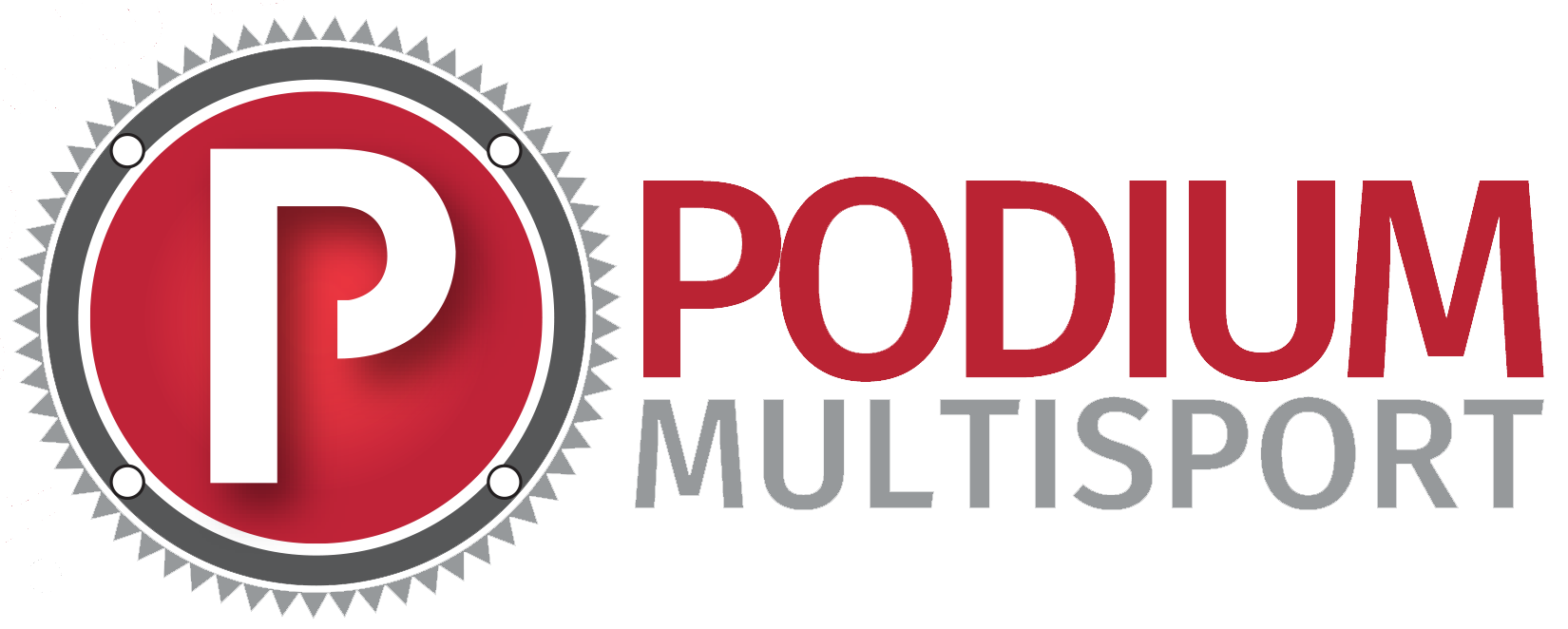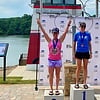It was just a normal Wednesday for me on June 28th. I headed out to Stone Mountain Park, a park near Atlanta that's a favorite with cyclists and runners. The enclosed park has an inner and outer loop. On the inner loop, you'll find a dedicated pedestrian and bike lane and on the outer loop are roads with some great climbs and views. As was typical, I did a few loops 5-mile loops on the inner loop to warm up before heading to the larger hills on the outer loop.
Since it was 7:30 in the morning, traffic was sparse and my friend and I were enjoying the open roads and chatting about all things triathlon. As we came down a hill, I noticed a skateboarder on the wrong side of the road but he was off on the shoulder. I kept an eye on him and was surprised when he continued to come into my lane (he was going the wrong way). Looking back at my Strava file, I was coming down the hill at 30 mph and as I kept moving to the left to miss him, he kept coming into my path. At the last second, he swerved directly in front of me and I hit him, going up and over the handlebars and landing on my head before my face, then body bounced off the ground. He was wearing headphones and claimed he never saw me.
An ambulance ride, CT scan, several x-rays and 9 stitches later, I was bruised and sore but largely okay. I did learn 4 important lessons along the way:
- Your helmet is your most important piece of equipment. I went over my handlebars and landed on my head. For a long time, I had a helmet that was up-to-date on safety regulations but it didn't feel very comfortable on my head so I wore it more loosely than I should have. I upgraded to the Kask Protone a few months ago. It has a comfortable leather strap and fit very securely on my head. Because of that, it was very secure as I went flying through the air. I have no doubt it saved me from a significant head trauma. If you aren't comfortable in your current helmet and find yourself wearing it loosely to make up for that, upgrade to a new one. And remember, if you're in an accident you should get a new helmet even if it doesn't have visible cracks or damage. As you can see, mine needed to be replaced!
If you like the Protone, but the price tag is a bit high, check out the new Kask Rapido (image below) It has the same safety standards and fits low and snuggly to the head like the Protone. You'll miss the leather strap and the wrap around edges but it's a great helmet for a more budget conscious athlete.
- Have a form of identification on you at all times. Even though I was conscious and coherent, there were a lot of different things happening around me. It was nice to hand off my driver's license to give the paramedics and police all of the needed information. Had I been unconscious or alone, their job would have been much more difficult for them to get the basic information needed to treat me. If you don't want to carry your ID, you can try a Road ID on your wrist or shoe strap or even a luggage tag on your bike with important information.
- Don't be afraid to take help. As athletes, we tend to be a little more independent than most people. We like to be able to have everything under control. I learned a lot about taking help from strangers, neighbors, and friends. After an accident, one of the best things you can do is rest and let your body heal. Without accepting help, you won't be able to do that. Be okay with swallowing your pride and reaching out to others for help.
- Healing might take a lot longer than you think. I originally wrote this article in July but after reading about Matt Russell's accident at Kona this past weekend, I pulled it back out. Matt's accident was much more horrific than mine as he hit a van and at the time I'm editing this, is in critical condition (support Matt's family here). In the first few weeks after the accident, I had planned to be back in my training routine and to compete in the 70.3 World Championship at the beginning of September. I tried to jump back into training (probably too soon) and have had some issues with internal scar tissue and the bones behind my knee. Now it's mid-October, and I'm still working through the healing process. I never imagined that a few 'stitches' would take me out for the rest of the season but my physical therapist does keep reminding me that I went over my handlebars at 30 mph.
Hopefully, these are lessons you will never have to put into action. I had no idea that I would end up in an ambulance when I went out for a quick ride before work but I'm thankful that I had the right equipment and have allowed my community to help me.


 SWIM
SWIM
 BIKES
BIKES
 APPAREL
APPAREL
 NUTRITION
NUTRITION
 COMPONENTS
COMPONENTS
 ACCESSORIES
ACCESSORIES
 Podium Multisports Blog
Podium Multisports Blog











